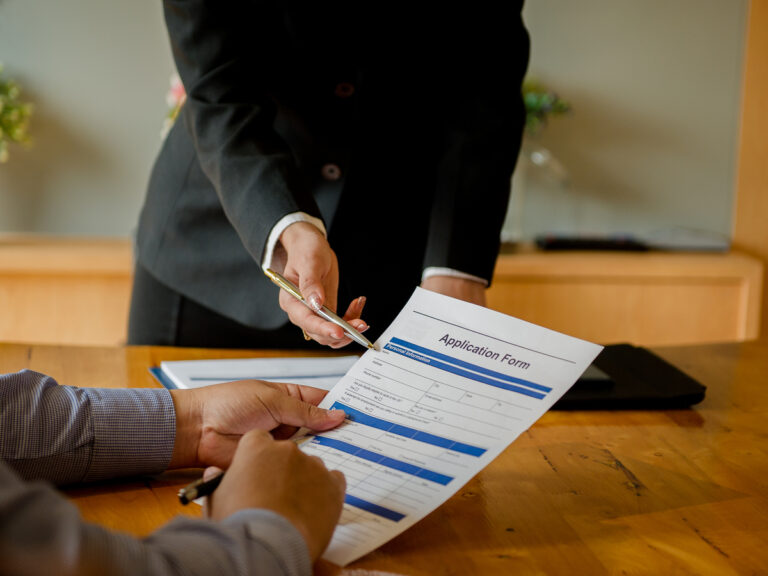In an age where cyber security is more important than ever, it is essential to ensure your website is secure. With the right tools and security measures, you can greatly reduce the risk of someone accessing your website and stealing your data. Here are 10 ways to secure your website.
- Use Strong Passwords:
Using strong passwords is essential for protecting your website. Passwords should be at least 8 characters long, contain a mix of letters (both upper and lowercase), numbers, and symbols. Avoid using common words or phrases as passwords, as these can easily be guessed.
- Enable Two-Factor Authentication:
Two-factor authentication adds an extra layer of security to your website by requiring an additional code to be entered before logging in. This code can be sent via text message, email, or generated through an authentication app.
- Use Secure Connections:
Make sure your 먹튀검증 is using secure connections when sending and receiving data. This includes using HTTPS (Hypertext Transfer Protocol Secure) instead of HTTP, which encrypts data transferred between the server and user.
- Regularly Update CMS and Plugins:
If your website is running on a content management system (CMS) such as Word Press, it’s important to update it regularly to ensure the latest security patches are installed. Additionally, any plugins or extensions should also be updated regularly for added security.
- Monitor Access Logs:
Monitoring access logs can help you identify any suspicious activity on your website. It’s important to regularly review access logs and look for any unusual behaviour, such as multiple failed login attempts or suspicious IP addresses.
- Implement a Firewall:
A firewall acts as a buffer between your website and potential threats. It can block malicious traffic and protect your website from hackers.

- Use Security Software:
Installing and regularly updating security software on your server can help protect your website from viruses and malware. Antivirus and anti-malware programs can detect and remove any malicious software that may be running on your website.
- Limit Access to Sensitive Data:
Sensitive data such as customer information or financial records should be kept secure. Make sure to limit access to this data by setting up user accounts with proper authorization levels.
- Perform Regular Backups:
Performing regular backups of your website can help you quickly restore your website in the event of an attack. Make sure to store your backups in a secure location, such as an external hard drive or cloud storage.
- Use a Web Application Firewall:
A web application firewall (WAF) is a specialized firewall that monitors and filters traffic to your website. It can detect and block malicious requests and help protect your website from potential threats.
Conclusion:
By taking the necessary steps to secure your website, you can help prevent unauthorized access and protect your data. Implementing the tips outlined above can greatly reduce the risk of a security breach and help keep your website safe.










